Why Skin Cushioning Will Reveal Your Dream Complexion in 2024
Take on this softer approach to your skincare.
If there is one goal on everybody’s skincare list, it’s a healthy skin barrier. The search increase surrounding a healthy microbiome has skyrocketed thanks to many people experiencing ‘over-processed skin’ and, according to experts, we’re now laser-focused on barrier repair in 2024. Out with excessive exfoliating and the overuse of retinoids and in with moisture-binding ingredients such as ceramides, niacinamide, hyaluronic acid and ectoin—all gently packaged as skin cushioning.
“Skin cushioning always has a healthy and intact skin barrier as the main focus. It avoids everything that could damage a skin barrier, such as sunlight, pollution, over-exfoliation or skincare products that take away the natural moisture and oils from your skin,” says Dr Timm Golueke, renowned dermatologist and founder of Royal Fern. “Skin cushioning is a way of showing your skin love, protection and listening to its individual needs.” It doesn’t surprise dermatologists who have witnessed the harsher approach over the last few years. “We’ve been overly aggressive with our skincare regimens in the past, especially with the use of harsh mechanical exfoliants and overuse of chemical peels and retinoids,” says Plastic Surgeon and Founder of Anokha Skincare Dr Nina Naidu, who has seen the results of a damaged skin barrier resulting in various skin conditions including dry and scaly skin, itching, rough patches, acne, inflammation, and infection. We’re now in a time where we are prioritising “a balanced approach with skin barrier restoration (via cushioning) and hydration.”
What does a damaged skin barrier look like? When it’s damaged, the tight and compact arrangement that once existed between the skin cells—locking moisture and hydration in—is temporarily compromised. External irritants and stressors can easily penetrate the barrier, disrupting the delicate balance and leaving it susceptible to conditions such as dermatitis, eczema, dryness, sensitivity, or a higher risk of breakouts. To avoid this, introduce skin cushioning, which can come in two forms: ingredient-based, focused on moisturisation, and routine-based, transitioning an overly acid and retinoid routine to a cushioned approach with gentler actives.
Unlocking skin cushioning through the form of ingredients, Dr Jo Mennie, Aesthetic Doctor and Women’s Health Specialist at GetHarley, recommends the best way to repair the skin barrier is to add moisture in the form of ceramides. “Ceramides act to seal the holes in the skin barrier, keep the water in, and reflect the external irritants out without feeling too rich or heavy. And for those with severely compromised barriers, focus on applying your ceramide moisturiser twice a day,” she advises. If you’re trying to repair a severely compromised barrier, Dr Mennie highlights that we should avoid foaming cleansers and heavily fragrance products. During the repairing phase, “you will likely be sensitive to any high-quality vitamin C serums or retinol, so it is best to wait until the skin has recovered before gradually reintroducing these,” she concludes. Other ingredients that experts, including Dr Golueke, recommend are hyaluronic acid, glycerin, niacinamide, and fern extracts to support and cushion the barrier while in its reparative state. This year, we’ll also see even more mushroom extracts and probiotics to support the skin barrier’s health and reinforce the cellular bond to minimise damage.
The second approach considers your routine. “The key with transition is to do it gradually while paying attention to how the skin reacts. Start by removing one harsh product at a time and replacing it with a natural alternative for a week, then evaluate your skin. Does it feel better? Is it more hydrated? Do you have fewer areas of irritation? If all is well, change out another product for a week and evaluate again,” explains Dr Naidu. Her number one tip is to take things slow because any sudden or drastic changes will almost certainly result in breakouts and further skin reactions. “Be patient and take it slow,” she says. But if you require exfoliation and retinoids to balance out acne, ageing or brightening concerns, implement skin cushioning through a daily disciplined yet moderate approach. “Start with an exfoliation night or a retinoid night, then follow it with two recovery nights and so on,” advises Dr Gouleke. “With this system, you don’t over-exfoliate, and you allow your skin to recover from actives.”
So, try skin cushioning if you’re considering a softer and kinder approach in 2024. It isn’t the end for exfoliating acids; you can reintroduce an acid-based cleanser in the evening for exfoliation, but a gentle approach is crucial. As for acids, cushion them with moisturising and hydrating ingredients to combat irritation. The critical element to take away for skin cushioning is not stripping out exfoliants and retinoids entirely but reducing their use and increasing cocooning elements for hydrated, moisturised and balanced results.
Skin Cushioning Product Recommendations:
Anokha Bakuchiol & Pomegranate Facial Oil
Royal Fern Phytoactive Hydra Firm Intense Mask
Elizabeth Arden Advanced Light Ceramide Capsules
Dr Dennis Gross Hyaluronic Marine Hydration Booster
Glow Recipe Watermelon Glow Niacinamide Dew Drops
Origins Mega Mushroom Relief Resilience Soothing Treatment Lotion
Photography: Kiera Chevell / Hair & Makeup: Jessica Berullier / Model: Nora-Uche / Creative Production: Proof of Dreams / Wearing: ARKET
Why Skin Cushioning Will Reveal Your Dream Complexion in 2024
Take on this softer approach to your skincare.
If there is one goal on everybody’s skincare list, it’s a healthy skin barrier. The search increase surrounding a healthy microbiome has skyrocketed thanks to many people experiencing ‘over-processed skin’ and, according to experts, we’re now laser-focused on barrier repair in 2024. Out with excessive exfoliating and the overuse of retinoids and in with moisture-binding ingredients such as ceramides, niacinamide, hyaluronic acid and ectoin—all gently packaged as skin cushioning.
“Skin cushioning always has a healthy and intact skin barrier as the main focus. It avoids everything that could damage a skin barrier, such as sunlight, pollution, over-exfoliation or skincare products that take away the natural moisture and oils from your skin,” says Dr Timm Golueke, renowned dermatologist and founder of Royal Fern. “Skin cushioning is a way of showing your skin love, protection and listening to its individual needs.” It doesn’t surprise dermatologists who have witnessed the harsher approach over the last few years. “We’ve been overly aggressive with our skincare regimens in the past, especially with the use of harsh mechanical exfoliants and overuse of chemical peels and retinoids,” says Plastic Surgeon and Founder of Anokha Skincare Dr Nina Naidu, who has seen the results of a damaged skin barrier resulting in various skin conditions including dry and scaly skin, itching, rough patches, acne, inflammation, and infection. We’re now in a time where we are prioritising “a balanced approach with skin barrier restoration (via cushioning) and hydration.”
Photography: Kiera Chevell / Hair & Makeup: Jessica Berullier / Model: Nora-Uche / Creative Production: Proof of Dreams / Wearing: ARKET
What does a damaged skin barrier look like? When it’s damaged, the tight and compact arrangement that once existed between the skin cells—locking moisture and hydration in—is temporarily compromised. External irritants and stressors can easily penetrate the barrier, disrupting the delicate balance and leaving it susceptible to conditions such as dermatitis, eczema, dryness, sensitivity, or a higher risk of breakouts. To avoid this, introduce skin cushioning, which can come in two forms: ingredient-based, focused on moisturisation, and routine-based, transitioning an overly acid and retinoid routine to a cushioned approach with gentler actives.
Unlocking skin cushioning through the form of ingredients, Dr Jo Mennie, Aesthetic Doctor and Women’s Health Specialist at GetHarley, recommends the best way to repair the skin barrier is to add moisture in the form of ceramides. “Ceramides act to seal the holes in the skin barrier, keep the water in, and reflect the external irritants out without feeling too rich or heavy. And for those with severely compromised barriers, focus on applying your ceramide moisturiser twice a day,” she advises. If you’re trying to repair a severely compromised barrier, Dr Mennie highlights that we should avoid foaming cleansers and heavily fragrance products. During the repairing phase, “you will likely be sensitive to any high-quality vitamin C serums or retinol, so it is best to wait until the skin has recovered before gradually reintroducing these,” she concludes. Other ingredients that experts, including Dr Golueke, recommend are hyaluronic acid, glycerin, niacinamide, and fern extracts to support and cushion the barrier while in its reparative state. This year, we’ll also see even more mushroom extracts and probiotics to support the skin barrier’s health and reinforce the cellular bond to minimise damage.
The second approach considers your routine. “The key with transition is to do it gradually while paying attention to how the skin reacts. Start by removing one harsh product at a time and replacing it with a natural alternative for a week, then evaluate your skin. Does it feel better? Is it more hydrated? Do you have fewer areas of irritation? If all is well, change out another product for a week and evaluate again,” explains Dr Naidu. Her number one tip is to take things slow because any sudden or drastic changes will almost certainly result in breakouts and further skin reactions. “Be patient and take it slow,” she says. But if you require exfoliation and retinoids to balance out acne, ageing or brightening concerns, implement skin cushioning through a daily disciplined yet moderate approach. “Start with an exfoliation night or a retinoid night, then follow it with two recovery nights and so on,” advises Dr Gouleke. “With this system, you don’t over-exfoliate, and you allow your skin to recover from actives.”
So, try skin cushioning if you’re considering a softer and kinder approach in 2024. It isn’t the end for exfoliating acids; you can reintroduce an acid-based cleanser in the evening for exfoliation, but a gentle approach is crucial. As for acids, cushion them with moisturising and hydrating ingredients to combat irritation. The critical element to take away for skin cushioning is not stripping out exfoliants and retinoids entirely but reducing their use and increasing cocooning elements for hydrated, moisturised and balanced results.
Skin Cushioning Product Recommendations:
Anokha Bakuchiol & Pomegranate Facial Oil
Royal Fern Phytoactive Hydra Firm Intense Mask
Elizabeth Arden Advanced Light Ceramide Capsules
Dr Dennis Gross Hyaluronic Marine Hydration Booster
Glow Recipe Watermelon Glow Niacinamide Dew Drops
Origins Mega Mushroom Relief Resilience Soothing Treatment Lotion


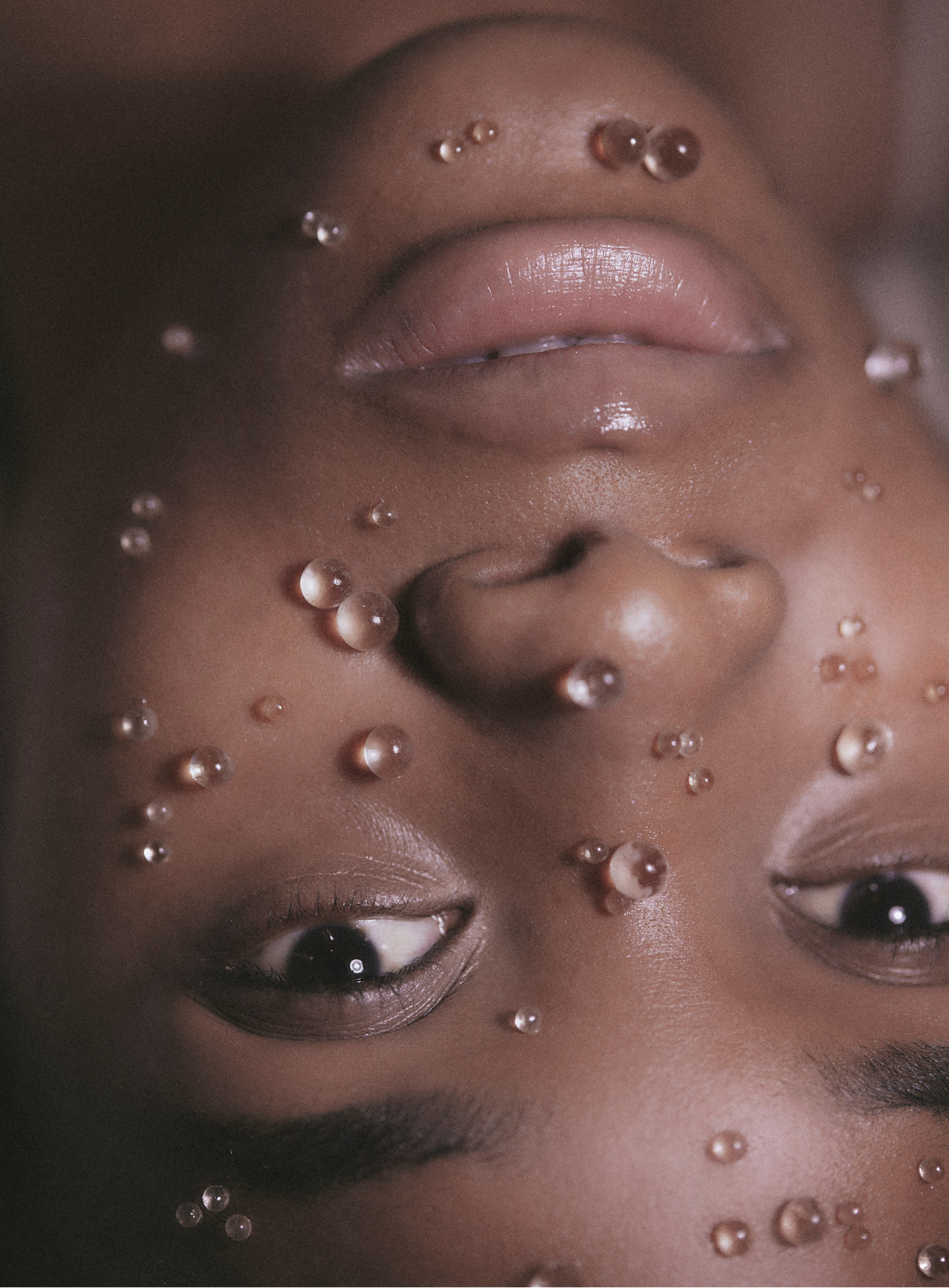

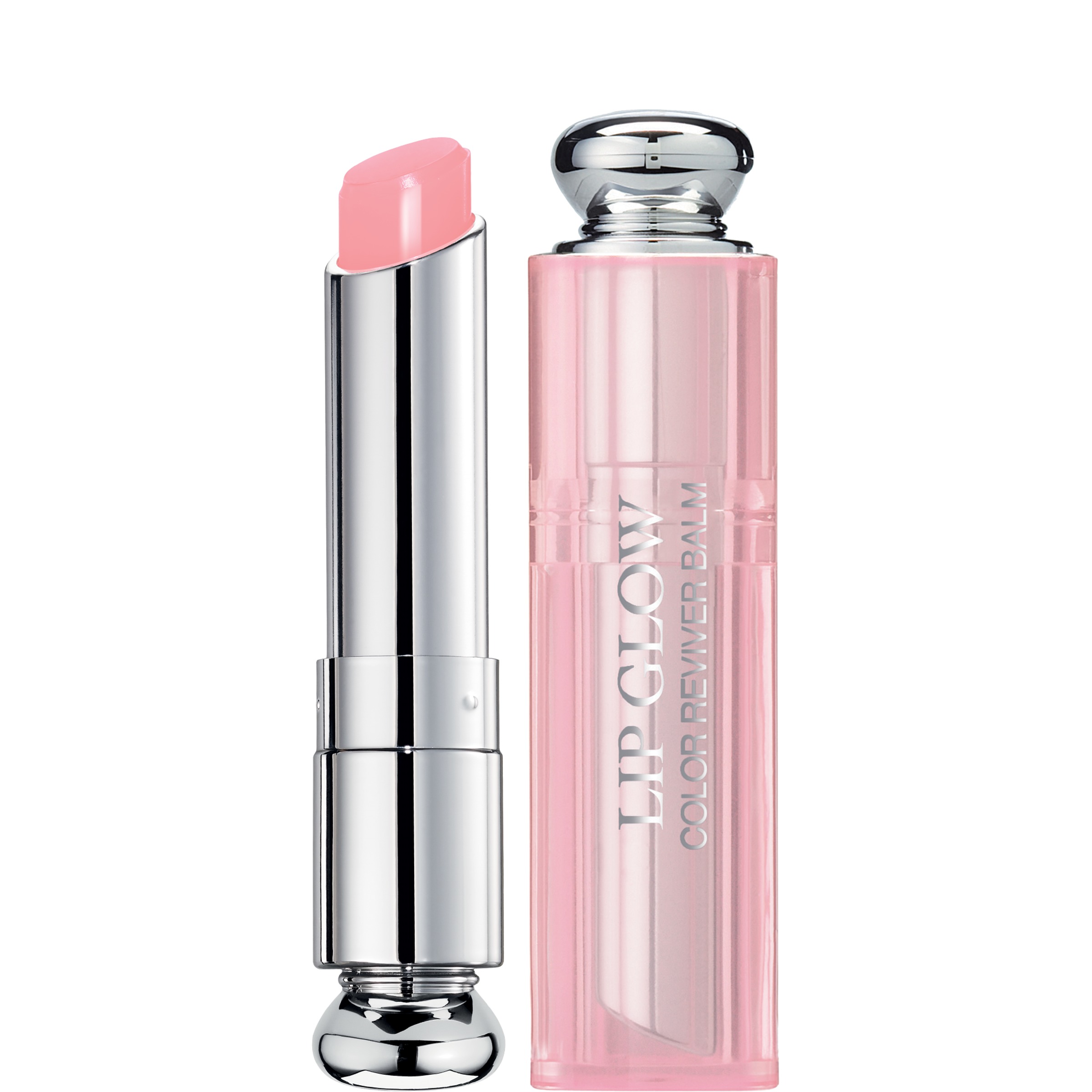
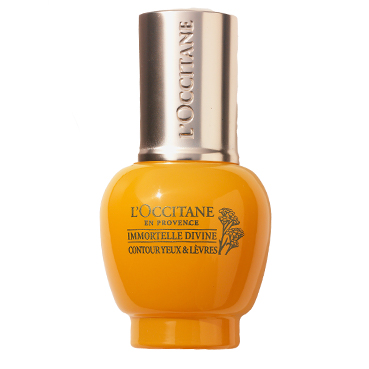
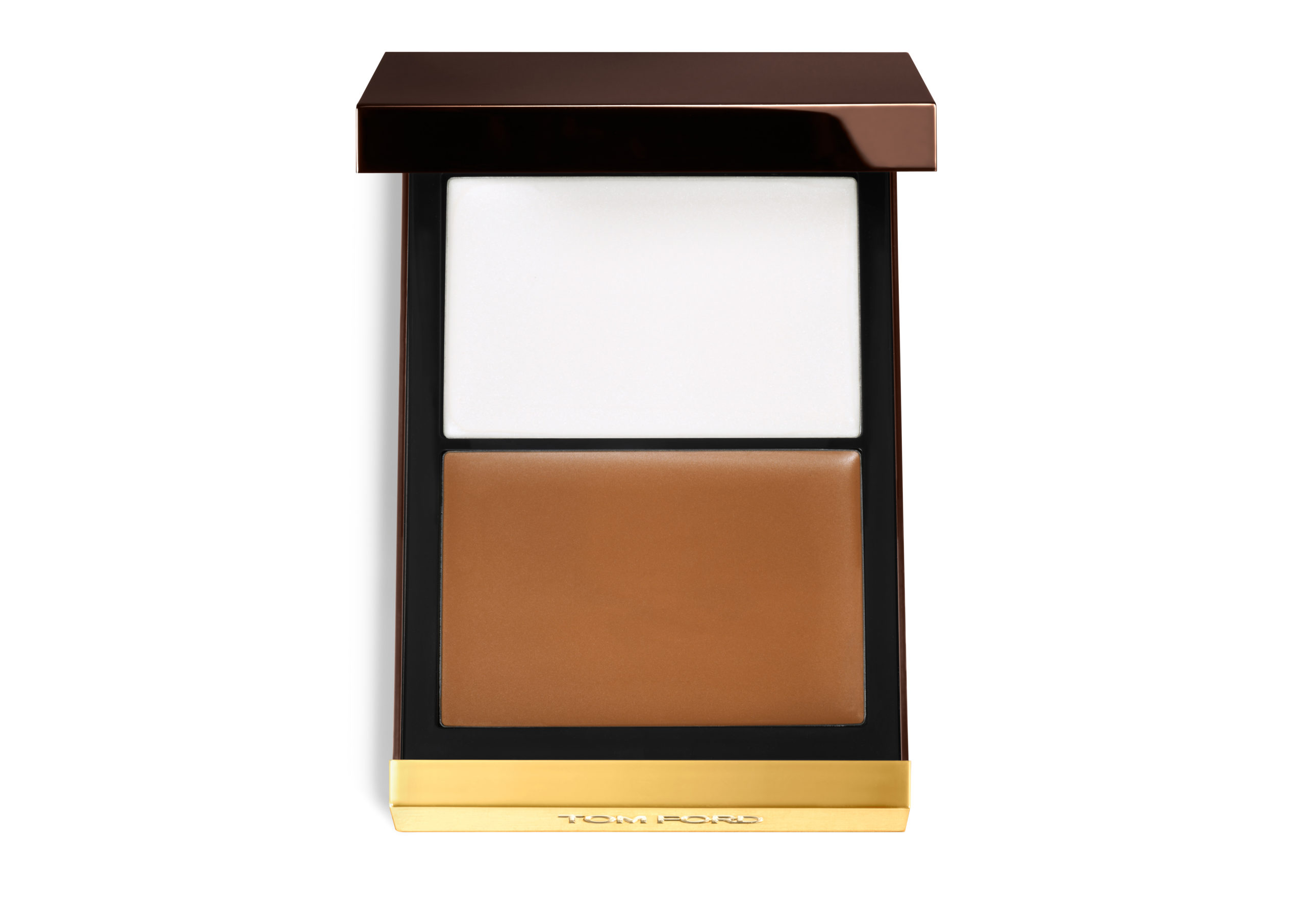
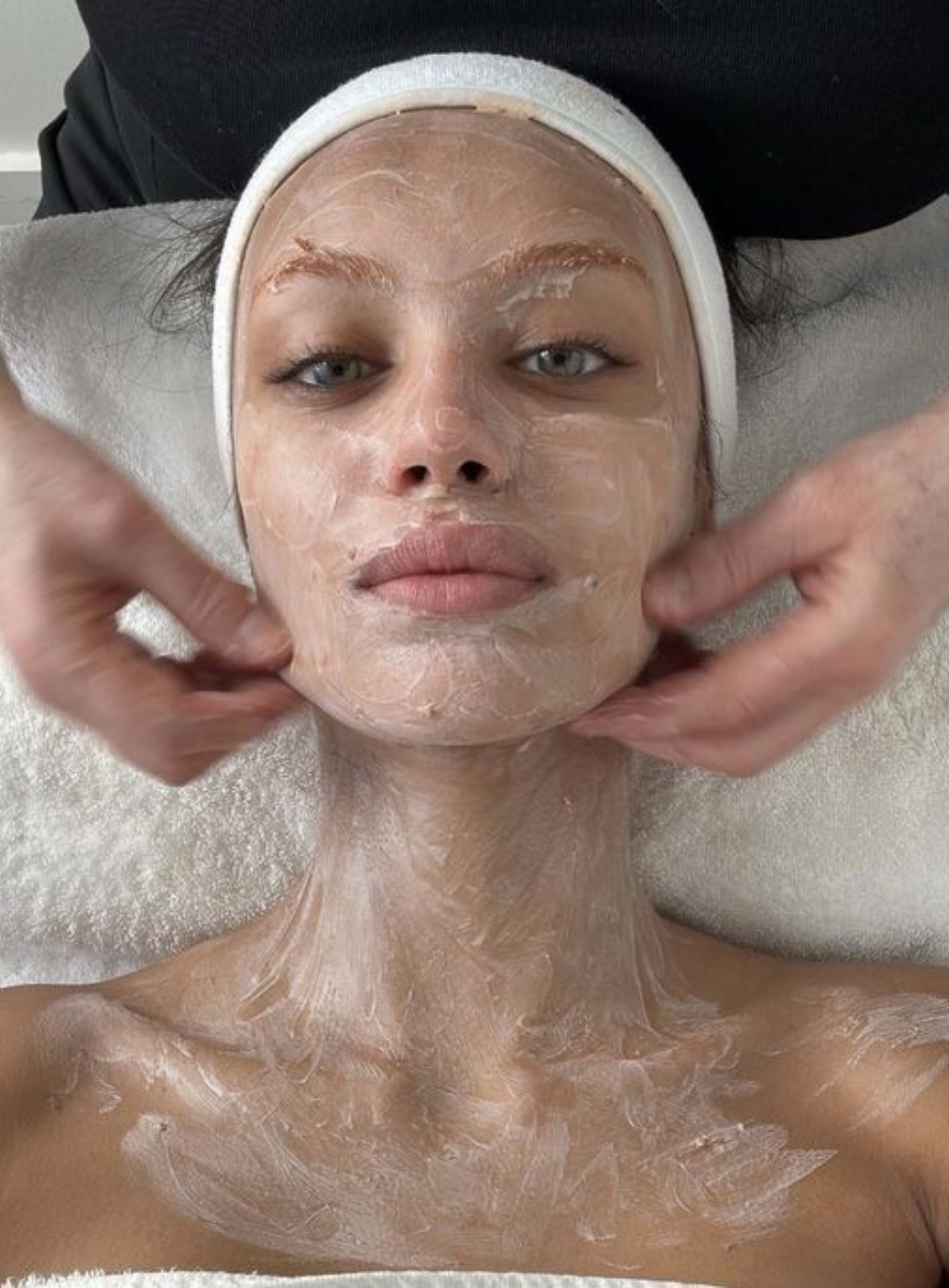







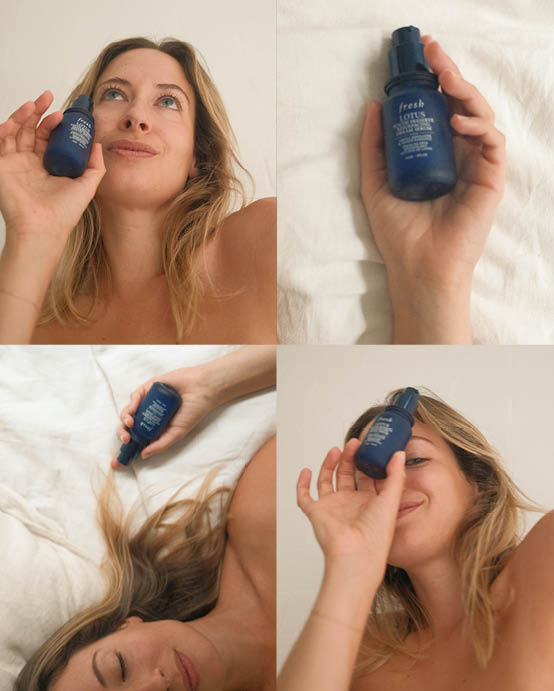
Comments